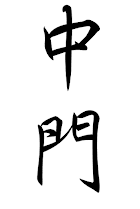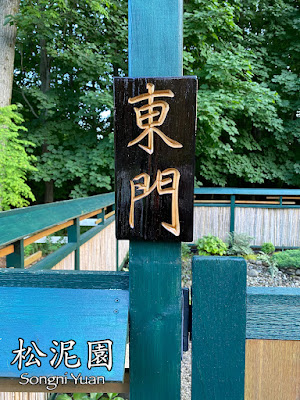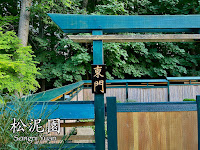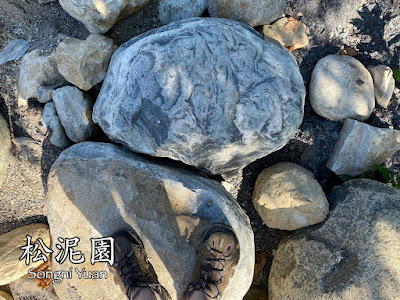Over the last couple of days I decided to build and install a Yotsume-gaki, or Four Eyed Fence.
Supposedly this is an easy style of fence to build, but I found that it involved many of the same steps as a more complicated fence.
First, I needed bamboo. No problem, becuase I have lots left over from earlier projects. I had long pieces and shorter pieces. However, I didn't want the fence to exceed 2 feet in height, so I had to trim some of the smaller pieces.
To do the trimming, I purchased a saw designed specifically for bamboo that would give a clean cut without fraying the ends.
The KAKURI Bamboo Cutting Japanese Hand Saw I bought worked great, like cutting butter.
I also purchased some black Bonsai twine to tie the vertical piece to the rails.
Not being confident in my ability to master the Otoko musu, a knot style that is meant to be strong and appealing to see, I decided to use small almond color outdoor deck screws to hold the fence together and then cover them over with my Otoko musu. You have to look real close to see the screws. I thought this was cheating until I read that in Japan they often use a thin copper wire first, then the Otoko musu, so I don't feel so bad about doing it my own way. Besides, I already had a box of these screws, so no extra costs.
Finally, my design was different than most becuase I wanted a temporary fence that could be moved at any time. Occasionally I have to get a wheelbarrow into the stroll garden area for cleanup and other projects. Additionally, I need the viewing garden area in the winter in order to have a place to blow snow from the driveway. As a result, I designed the fence in three parts.
 |
| The Middle Panel |
The left and right panels have posts with feet at each end. Each has an inner post that is drilled all the way through to accept the third middle panel. I can take it all apart in seconds and easily open the fence and or move the pieces. My plan is in the winter to store the pieces neatly in the garage until spring returns. This will also help make the fence last longer since it wont be exposed to extreme winter weather.
I also had plenty of left over cedar from other projects to make the feet, which I then routed along the top edge.
However, I did have to buy two 4 foot dowels made of poplar. I couldn't find reasonably priced cedar dowels in the diameter I wanted. I was worried about the poplar's ability to hold a stain, but in the end they were cheap and the stain worked fine.
In all, it took two full days to make the fence. The panels look somewhat authentic.
It also makes the viewing area more noticeable as a feature along the driveway. As people walk by, their eyes are now drawn to the area and inspired to look and explore, exactly what a Zen viewing garden is meant for. Although people are not supposed to enter, they can still make their way into the area along the stepping stone path on the right, as long as they stay on the stones.
It even looks good from the other side of the neighbor's fence.
Please, try to imagine this entire area being fenced off with a fence similar to the Zen garden fence. It will have to wait until next year, but once I get around to putting it in, the entire area will be transformed.
In the meantime, I am very happy with the Yotsume-gaki.










































%20Isshidan%20garden.jpg)









